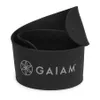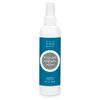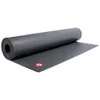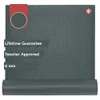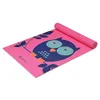
Flutter kicks are the seated ab exercise you need if you’d like to build stronger lower abs, hip flexors and quads simultaneously. I added them to my and my client’s exercise routine recently, reminding me why I love the core exercise.
This ab exercise isn’t complicated but can be cruel to your lower back if you don’t engage your core properly or adopt “proper form.” With that in mind, I spend a lot of time ensuring my clients exercise safely, so I’ve included how to do flutter kicks properly below, common mistakes to watch out for, plus reasons why they're an epic bodyweight exercise to try.
Grab one of the best yoga mats to work out on (you won’t need anything else — win), and read on.
How to do flutter kicks
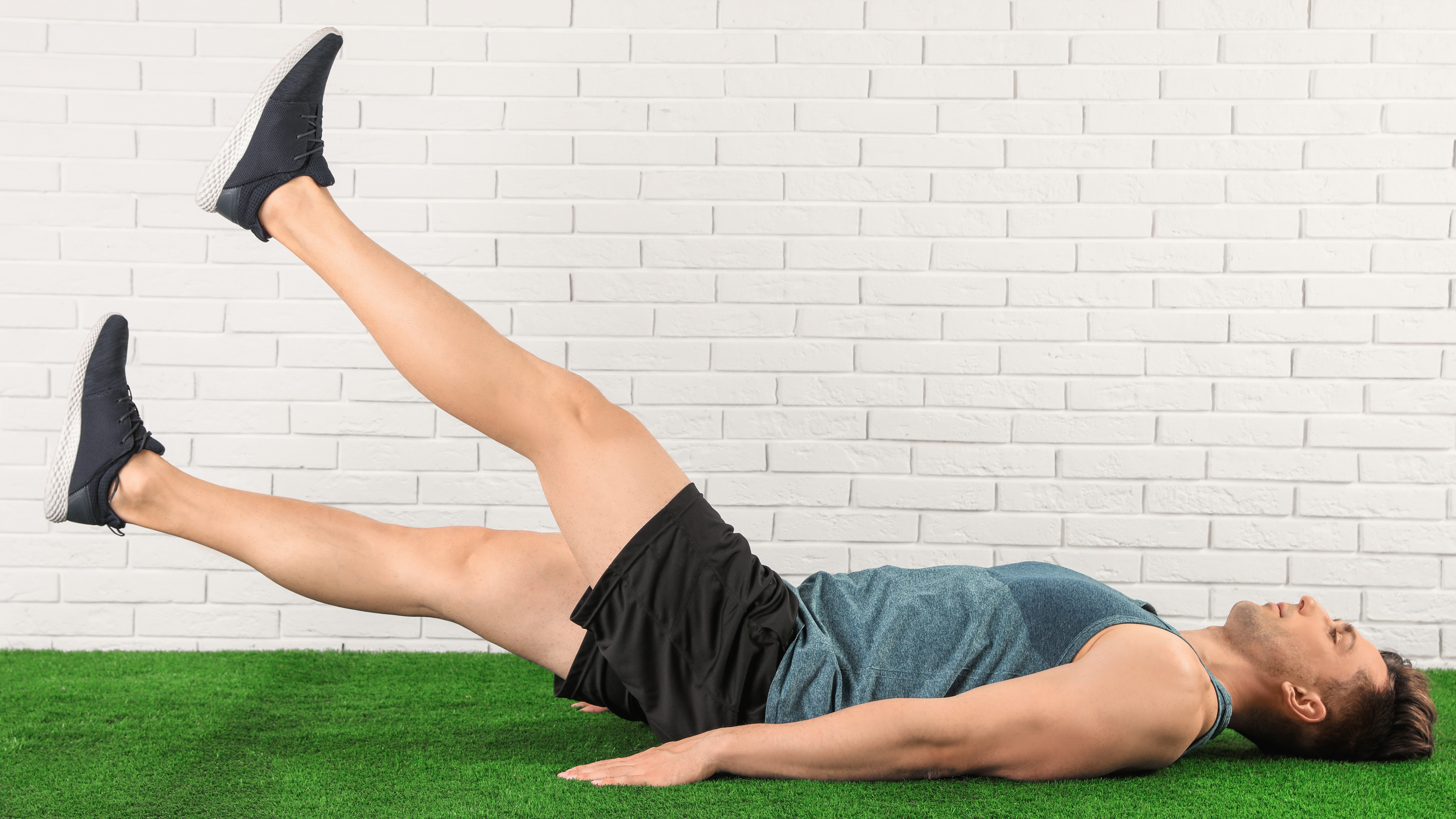

Depending on your experience, flutter kicks can be done in multiple ways. The general idea is to start on the floor, extend your legs, then kick your feet quickly up and down in the air from a lying or seated position.
Here’s how to do beginner flutter kicks:
- Lay on your exercise mat and extend your legs away from you
- Place your hands beneath your lower back, just above your glutes. You can also create fists to elevate your legs more
- Brace your stomach, then lift your upper back away from the floor and look ahead
- Lift your legs a few inches from the floor, then begin kicking your feet up and down while keeping your stomach tight.
To do the seated ab exercise, sit on your mat with your legs extended. Brace your stomach and lean back slightly, keeping your chest lifted, back straight and shoulders relaxed — similar to the Russian twist position. From here, position your hands behind your head or on the ground close to your hips for extra support, then lift your legs and begin your flutter kicks.
How to use the flutter kicks seated ab exercise
There are plenty of ways to scale the exercise. If you struggle with lifting your legs, ball your hands or flatten them beneath your lower back just above your glutes to help elevate them, or place a yoga block there instead. Otherwise, position your hands on either side of your hips, palms facing down. You can also hold them behind your head to advance the move.
Get instant access to breaking news, the hottest reviews, great deals and helpful tips.
Bending your knees or kicking higher up will make the ab exercise easier as you flutter your legs, whereas keeping your legs as straight as possible or kicking close to the ground will make it harder, placing more tension on your abs and hips. You could also hold a weight over your chest or extend it in front of you to make it more challenging.
If you plan to do the exercise lying down, gently tuck your pelvis toward your spine to flatten your lower back and correctly position your spine before you begin. Remember to lift your upper back and squeeze your stomach as you move.
You can use flutter kicks during the best ab workouts or use them as a quick finisher after you’ve completed your workout for the day. As a finisher, adopt a 45-second on, 15-second off (or similar timing format) strategy and repeat for 3-4 rounds. I enjoy formatting 60 seconds of work, 20 seconds of rest and repeat.
I use this seated ab exercise to build the lower abs without weights — here’s why
It hits multiple muscle groups
Like any compound exercise worth its salt, this one strengthens multiple muscle groups while building core strength, including the abs, lower abs, hip flexors, quads, obliques, hamstrings and lower back.
However, protecting your lower back is crucial if you want the exercise to work your core. Remember to look slightly ahead to keep your neck neutral, and if you’re new to the move, position your hands beneath your lower back or on the ground to give support.
Brace your stomach as if expecting someone to punch you there, tuck your pelvis slightly to keep a tight position, and control the kicks up and down without racing through your reps, which will hold tension in your abs.
It builds stability
The region of muscles targeted by flutter kicks is responsible for stability and balance for other exercises and daily movements like walking or climbing, so building a strong foundation in your hips, core and legs will transfer to better balance and stabilization, especially if you enjoy weight lifting or running, making the exercise great for functional training.
It develops flexibility
If you struggle with lifting your legs, strengthening your hip flexors, quads, and hamstrings will help develop your posture, flexibility and agility around the lower body. Athletes, sportspeople and regular exercisers will find these sorts of ab exercises helpful for endurance, lower body stability, and generally moving the legs during activities from soccer and sprinting to Pilates or yoga.
More from Tom's Guide
- 5 best kettlebell ab exercises for beginners to build a stronger core
- You only need this 3-move kettlebell abs workout to build and sculpt solid core muscles
- Forget sit-ups — this abs workout builds core strength without weights in just 10 minutes

Sam Hopes is a level 3 qualified trainer, a level 2 Reiki practitioner and fitness editor at Tom's Guide. She is also currently undertaking her Yoga For Athletes training course.
Sam has written for various fitness brands and websites over the years and has experience across brands at Future, such as Live Science, Fit&Well, Coach, and T3.
Having coached at fitness studios like F45 and Virgin Active and personal trained, Sam now primarily teaches outdoor bootcamps, bodyweight, calisthenics and kettlebells.
She also coaches mobility and flexibility classes several times a week and believes that true strength comes from a holistic approach to training your body.
Sam has completed two mixed doubles Hyrox competitions in London and the Netherlands and finished her first doubles attempt in 1:11.

